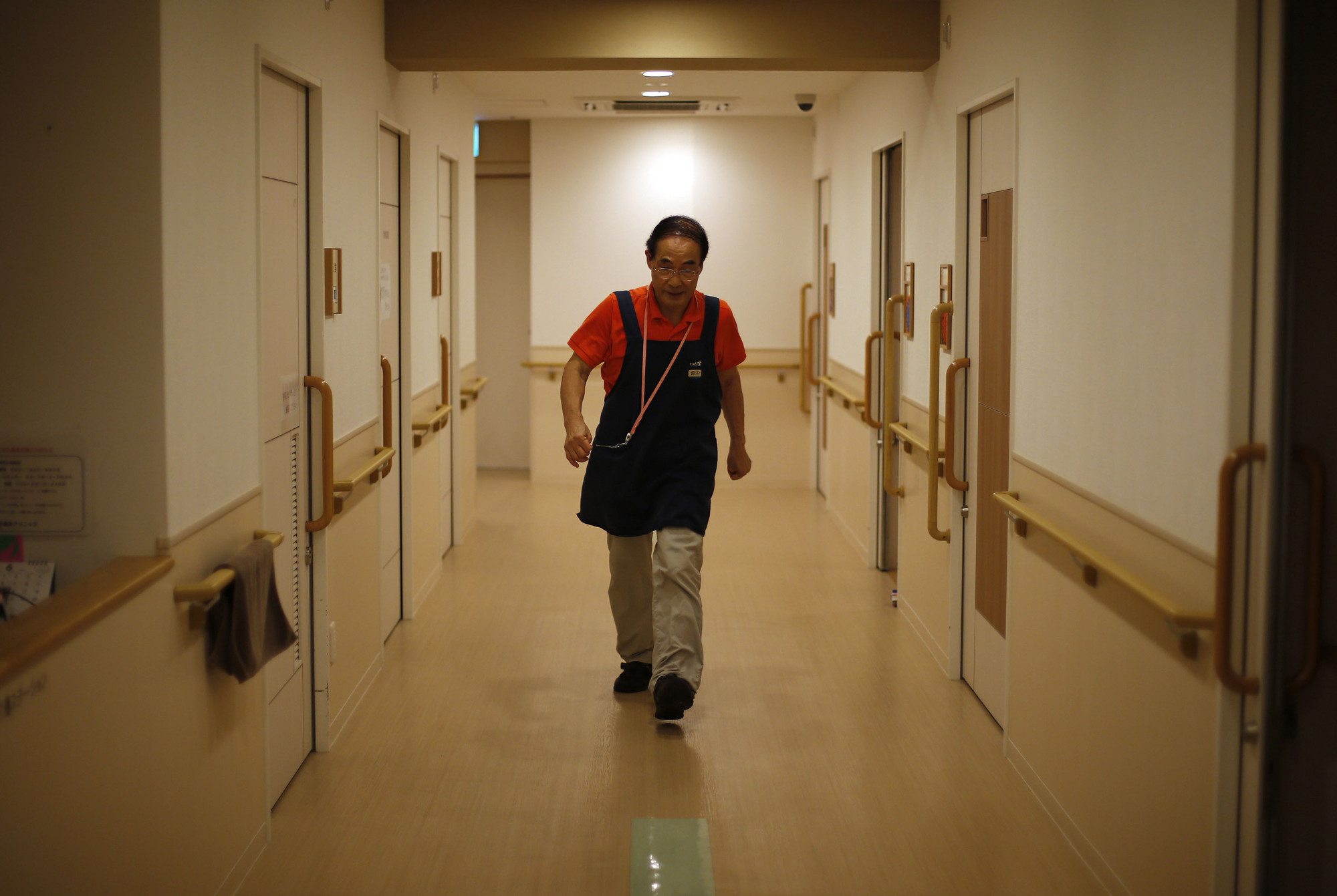In his speech at the January conference of the World Economic Forum in Davos, Switzerland, Prime Minister Shinzo Abe noted that while Japan's labor force decreased by 4.5 million over the past six years, the employment of women and elderly people increased by 2 million each.
As the nation's population continues to fall, the government last year amended the immigration control law to accept more workers from abroad. But the foreign workers coming to Japan under the new program are expected to number only about 345,000 in five years. To achieve sustainable growth of the economy, a continued increase in the labor market participation of women and the elderly will be indispensable. In particular, there are hopes of greater roles for the elderly in the nation's workforce given the rapid aging of the population and its increasing longevity. However, Japan has a set of peculiar problems in the employment of elderly workers.
How has the employment of elderly population evolved in this country? The aging of Japan's population has progressed at a speed much faster than that of other developed economies. The share of people 65 or older in the total population, which was slightly above 10 percent in 1990, has jumped to 26.6 percent as of 2015 — well above other mature economies such as Germany (21.1 percent) or France (18.9 percent). The elderly accounted for 11.8 percent of the nation's total workforce in 2016, compared with 7.8 percent in 2006. The ratio of people with jobs among those in the 65-69 age bracket also surged from 35.7 percent to 44 percent over the same period.

















With your current subscription plan you can comment on stories. However, before writing your first comment, please create a display name in the Profile section of your subscriber account page.